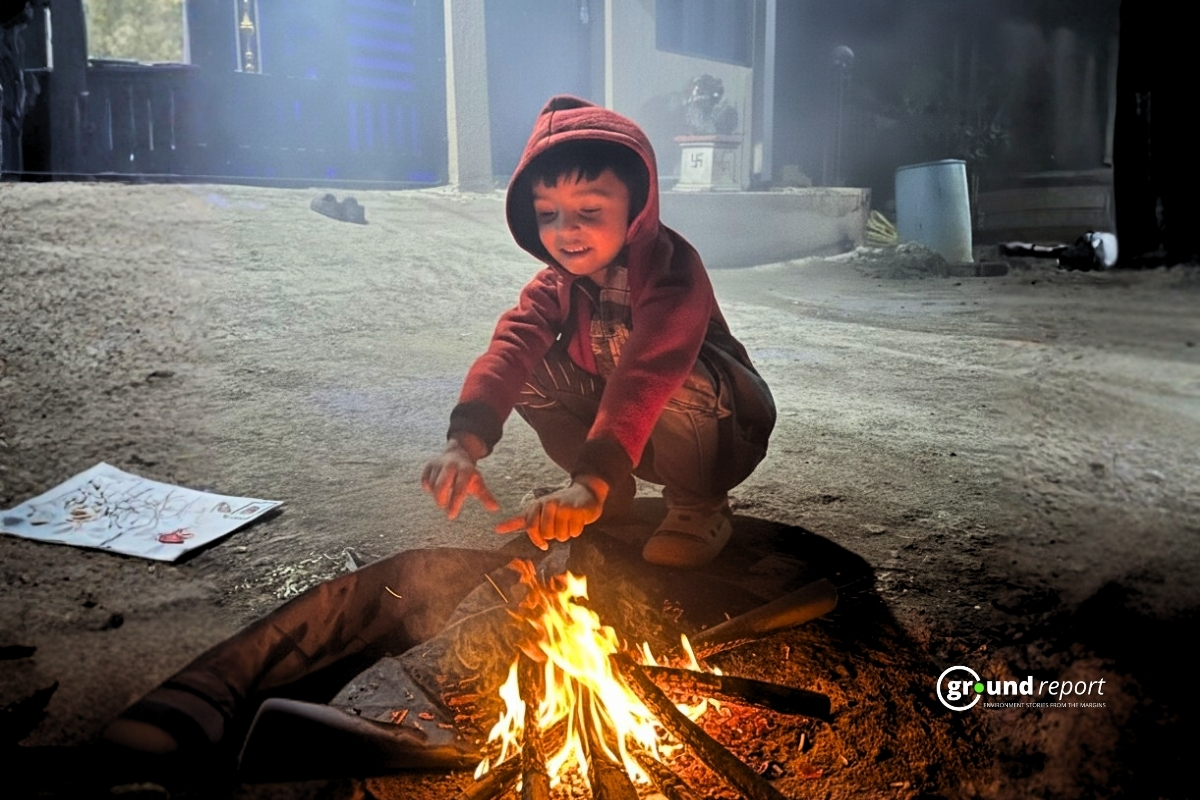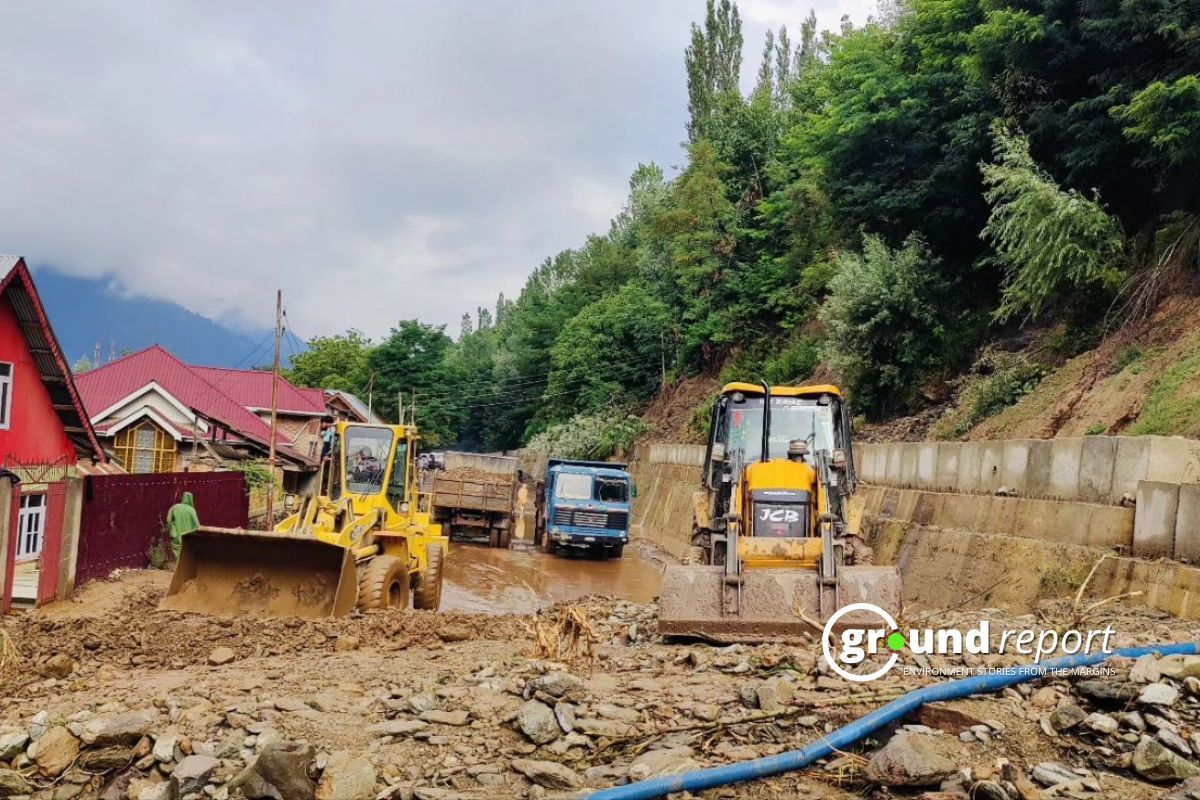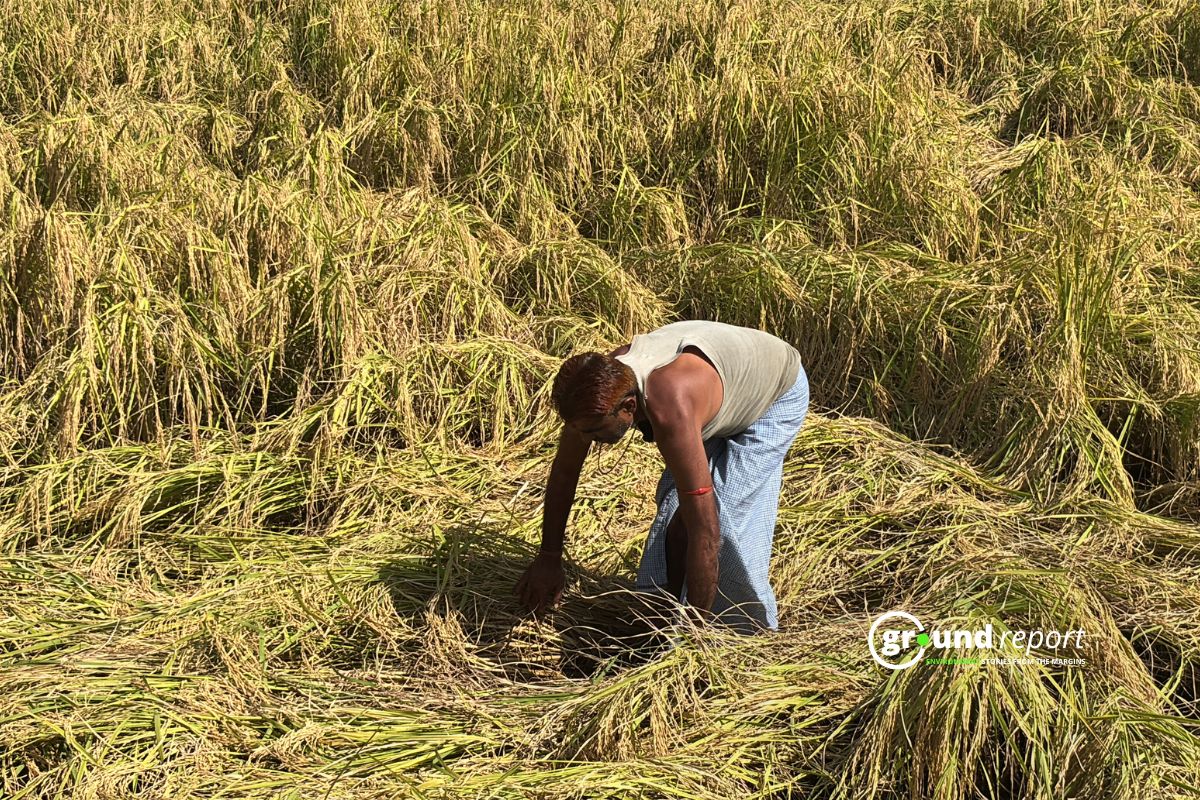Indian cities are struggling with extreme heat, and a new report shows that the country is mostly using short-term solutions instead of long-term plans. The Sustainable Futures Collaborative (SFC) report stresses the urgent need for better policies to handle rising temperatures and avoid future disasters. As heatwaves become more common and severe, experts say quick action is needed to protect vulnerable people and prevent major loss of life.
Heat preparedness in 9 cities
The study examined nine major cities—Bengaluru, Delhi, Faridabad, Gwalior, Kota, Ludhiana, Meerut, Mumbai, and Surat. Together, they represent over 11% of India’s urban population, with limited heat adaptation strategies. Authorities have implemented short-term measures like ensuring drinking water access, adjusting work schedules, and increasing hospital preparedness, but long-term initiatives are absent or poorly executed. Without effective, sustained interventions, heatwave risks will escalate.
Experts emphasise a long-term approach to address the growing heat threat. Climate scientists predict more severe heatwaves in India, increasing in intensity and duration. Without changes in urban planning, green space expansion, and energy system improvements, heat-related deaths could rise dramatically. The report underscores the need for cities to develop Heat Action Plans (HAPs) focusing on long-term resilience and adaptation.
“Long-term risk reduction measures will take years to develop. They must be implemented urgently now to prevent significant rises in deaths and economic losses,” said Aditya Valiathan Pillai, a researcher at King’s College London and co-author of the study.
A concerning finding of the report is the lack of coordination between government agencies and municipal authorities. Despite the urgency of the heat crisis, policymakers haven’t integrated heat adaptation into urban development plans. Institutional weaknesses and political inertia have hampered progress, leaving cities unprepared for rising temperatures. The report warns that failure to act now could lead to severe public health and economic consequences.
Why is a long-term solution needed?
The study gives important suggestions to help India handle extreme heat better. One main idea is for local governments to add more greenery, plant trees, create shaded areas, and use materials that resist heat. Officials should focus on making public spaces safer from high temperatures. It is also important to increase disaster management funds and set aside money for long-term heat protection plans.
The report suggests appointing Chief Heat Officers (CHOs) in cities that face extreme heat. These officials would be responsible for creating and enforcing heat action plans to ensure better protection from heatwaves. Right now, many cities don’t have dedicated staff to handle heat-related problems, making it hard to plan for the long term. Giving CHOs enough power and resources would help cities respond better and reduce the dangers of extreme heat.
Experts call for urban planning reforms to prioritise vulnerable areas affected by extreme heat. Existing heat mitigation initiatives, like rooftop solar panels and tree plantation drives, are poorly targeted and fail to benefit the communities in need. The report stresses directing resources towards low-income neighbourhoods, where residents suffer from heat exposure due to inadequate housing and limited cooling access.
While the health sector has trained doctors and tracked heat-related deaths, other crucial areas like urban planning and energy management have not integrated heat concerns into their policies.
“The focus remains on treating heat-related illnesses rather than preventing them,” the report said.
Poor coordination, gaps, low urgency
The report highlights problems in carrying out plans to reduce heatwave risks. Government departments do not work well together, there are technical challenges, and officials are not treating heat as an urgent issue. A survey showed that 14% of people do not think heat is a big problem, which shows a lack of awareness. Without proper education and community involvement, efforts to tackle extreme heat will not be effective.
The report shows that disaster management authorities play a key role in dealing with heatwaves. It finds that national and state agencies lead emergency responses, while local heat action plans are not used as much. Short-term steps like giving out water and setting up cooling centers help, but they are not enough to handle long-term climate change. Authorities need to invest in lasting solutions that lower heat exposure and protect communities.
The report also stresses the need for more money to fight extreme heat. Right now, cities use their regular budgets for short-term fixes, but long-term solutions need special funding. It urges state and national governments to use disaster relief funds for heat protection projects. Without steady financial support, efforts to reduce extreme heat will fall short.
The report says that India’s hottest cities need to include heat protection in their city planning. It suggests training government workers to handle heat-related issues and making sure every high-risk district has a well-trained disaster team. Instead of waiting for extreme heat to cause problems, cities should start preparing in advance.
As heatwaves intensify in India, the need for long-term solutions is urgent. The SFC report urges policymakers to move beyond short-term responses and invest in sustainable heat mitigation strategies. Without immediate action, India risks facing a future where extreme heat threatens urban populations.
stay updated on weather alerts and exercise caution while traveling in the coming days.
Support us to keep independent environmental journalism alive in India.
Keep Reading
California Fires Live updates: destructive wildfires in history
Hollywood Hills burning video is fake and AI generated
Devastating wildfire in California: wind, dry conditions to blame?
Los Angeles Cracks Under Water Pressure
From tourist paradise to waste wasteland: Sindh River Cry for help
Follow Ground Report on X, Instagram and Facebook for environmental and underreported stories from the margins. Give us feedback on our email id greport2018@gmail.com.
Don’t forget to Subscribe to our weekly newsletter, Join our community on WhatsApp, and Follow our YouTube Channel






